THERE ARE ONLY AROUND 80 REPRESENTATIVES OF THE NATIVE FAROESE BREED LEFT. A FEW BREEDERS ARE FIGHTING TO SAVE THE SPECIES, WHICH IS PERFECTLY ADAPTED TO THE CLIMATE OF THIS ISOLATED TERRITORY. BUT THE CHALLENGE IS GREAT.
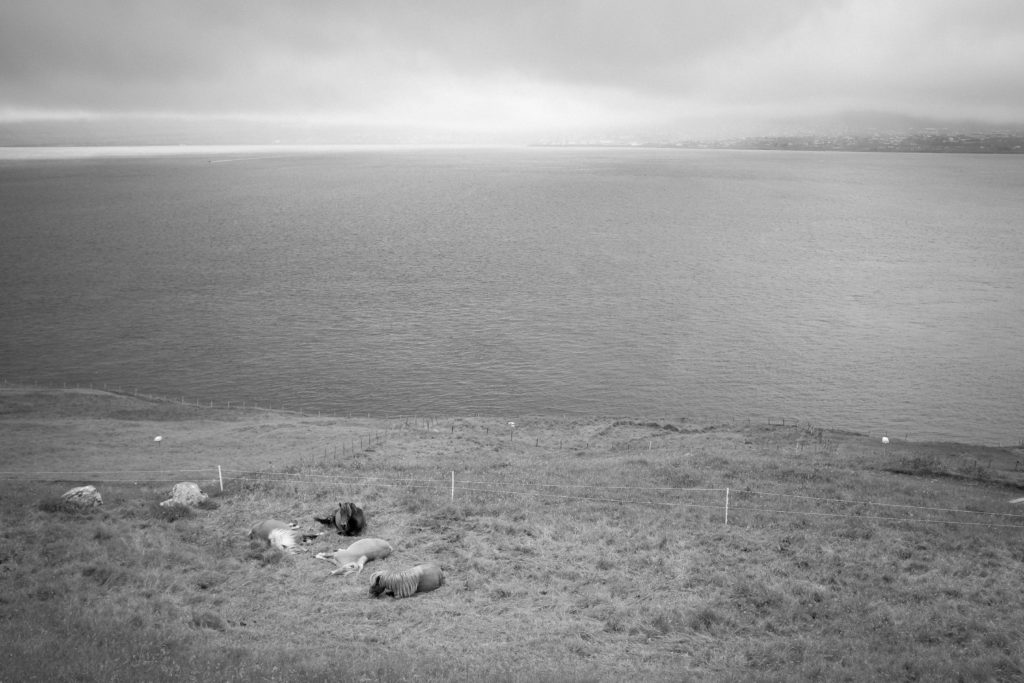
It is an archipelago beaten by the North Atlantic winds, halfway between Scotland and Iceland. A land bordered by cliffs and sharp peaks where the green grass contrasts with the deep grey volcanic rock. A string of 18 islands where time seems to be suspended and tourists are rare, known more for its traditional whale hunts than for its wild landscapes. And for its ponies.
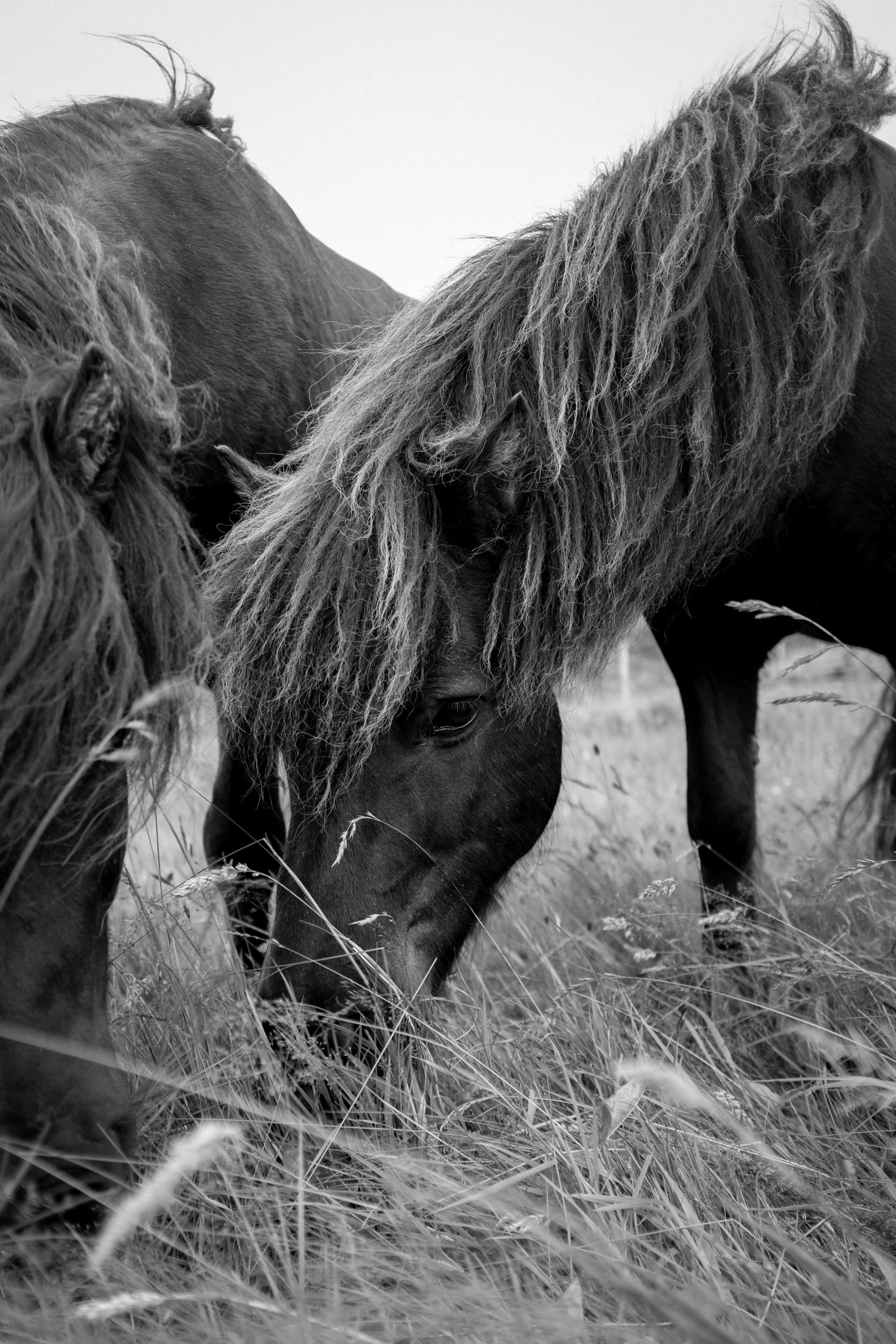
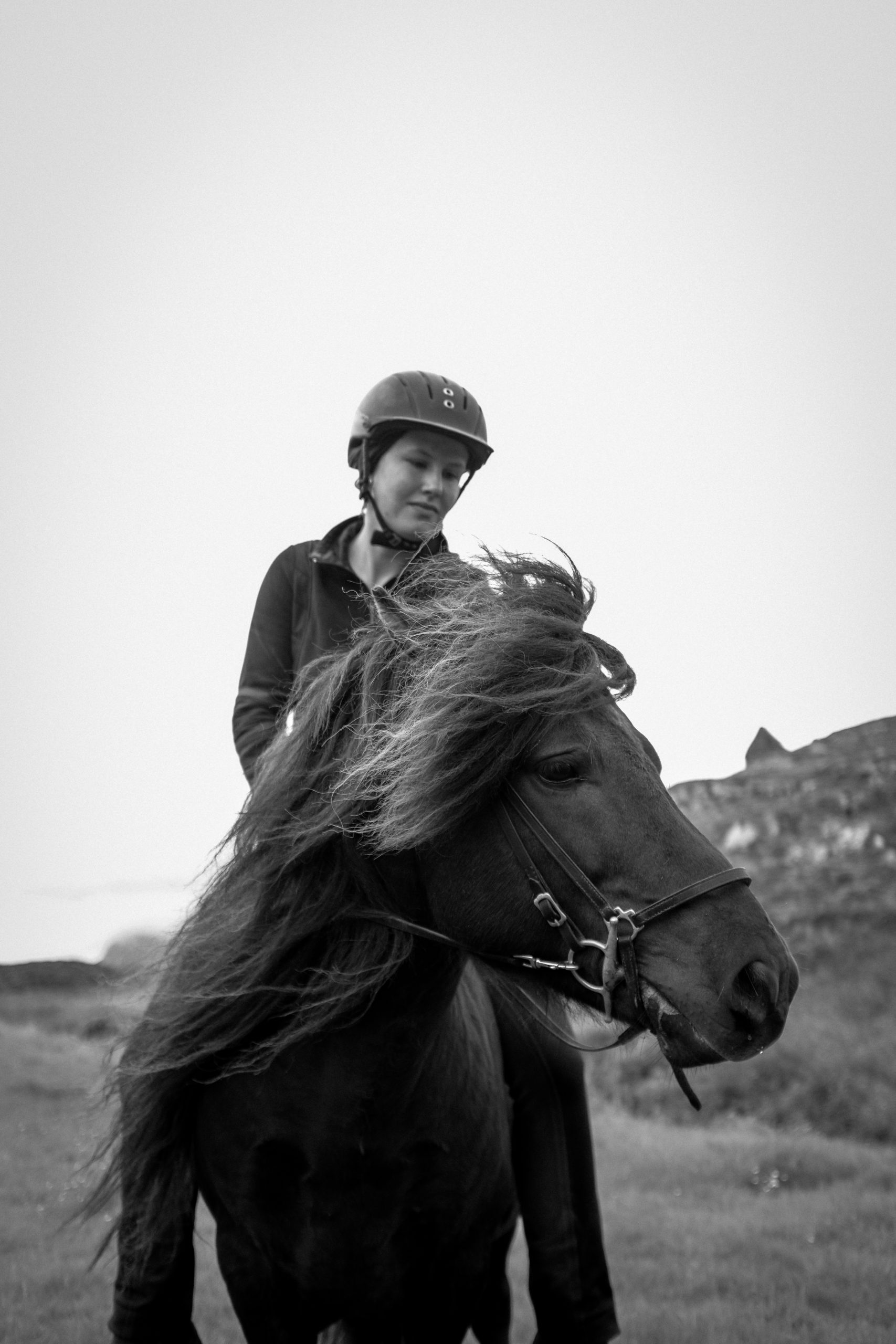
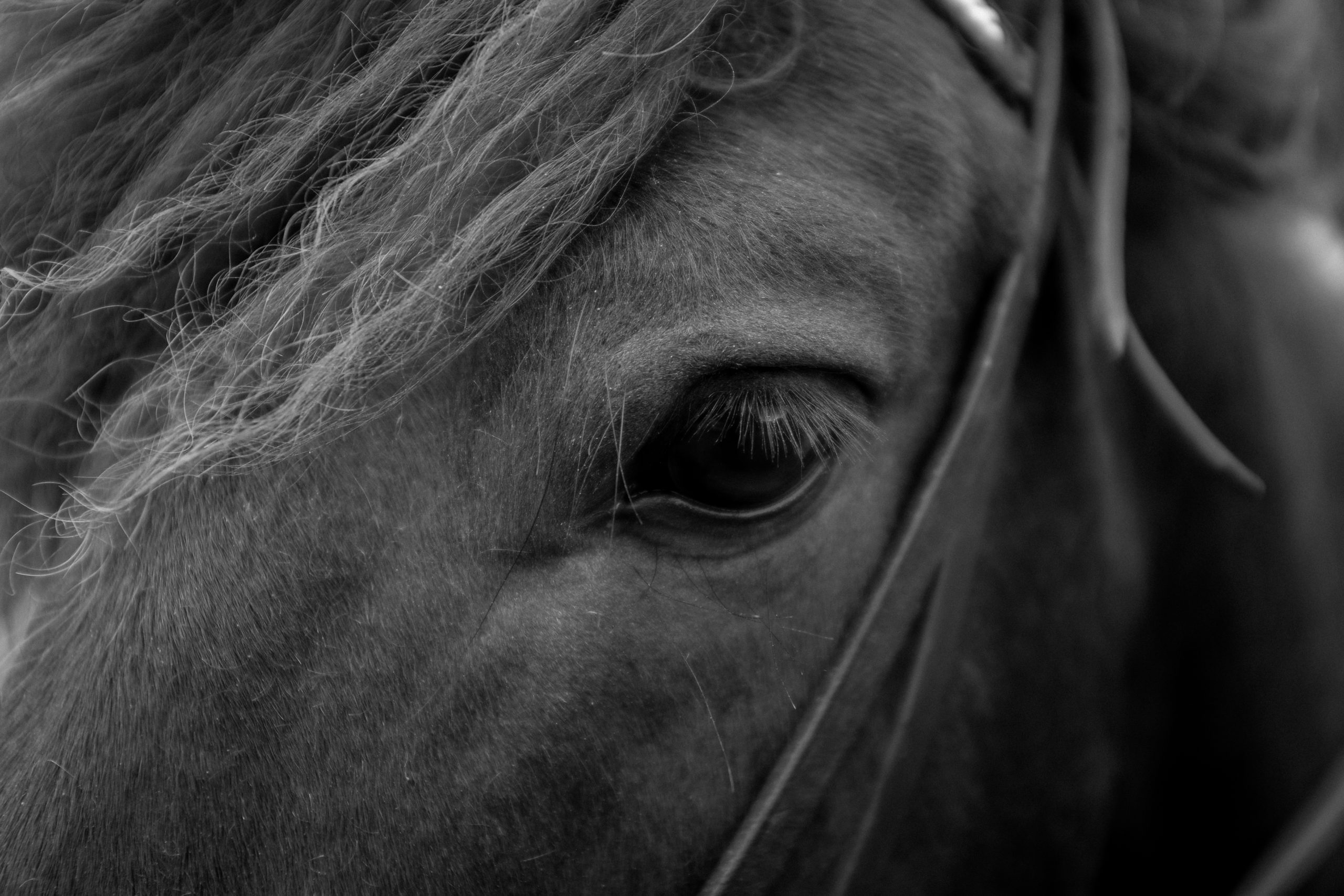


A long whistle sounds on the moor. Two black silhouettes raise their heads at Anna Louisa Joensen’s call before trotting towards her, their shaggy manes fluttering in the gusts. The scene is picturesque, especially since the Faroese pony has come close to extinction. “In the 1960s, there were only five horses left: one stallion and four mares,” explains Anna Louisa, a teacher at a local school, as she runs her fingers through the thick hair of one of her ponies. It is thanks to the efforts of Anna Louisa and other breeders that the breed has been able to survive: today, 80 of these little horses frolic on the basaltic terrain of the Faroes. But the battle is not won yet.
WILD INSTINCT
We are on the island of Streymoy, not far from Tórshavn, the capital of the Faroes. The northern oceanic climate of the archipelago does not scare these ponies. It is as if they had been forged by rain and wind: their skin is thick and greasy, their feet surprisingly wide. A novice would be tempted to say that a Faroese pony looks like an Icelandic horse. Anna Louisa disagrees: “They are smaller and more robust,” she says. The Icelandics have been bred for riding, whereas the Faroese ponies have been left in the wild. They are stubborn, but when you can convince them to work, they do it willingly. A recent genetic research showed that they are an independent breed. So where does the so-called Fjallaross, “mountain horse”, come from? Perhaps from Ireland, Scotland or Denmark: legend has it that an Iron Age monarch got lost in the mist and mistakenly landed on the Faroe Islands with men and horses. But it doesn’t really matter where they came from: the ponies have been helping the Faroese for centuries.
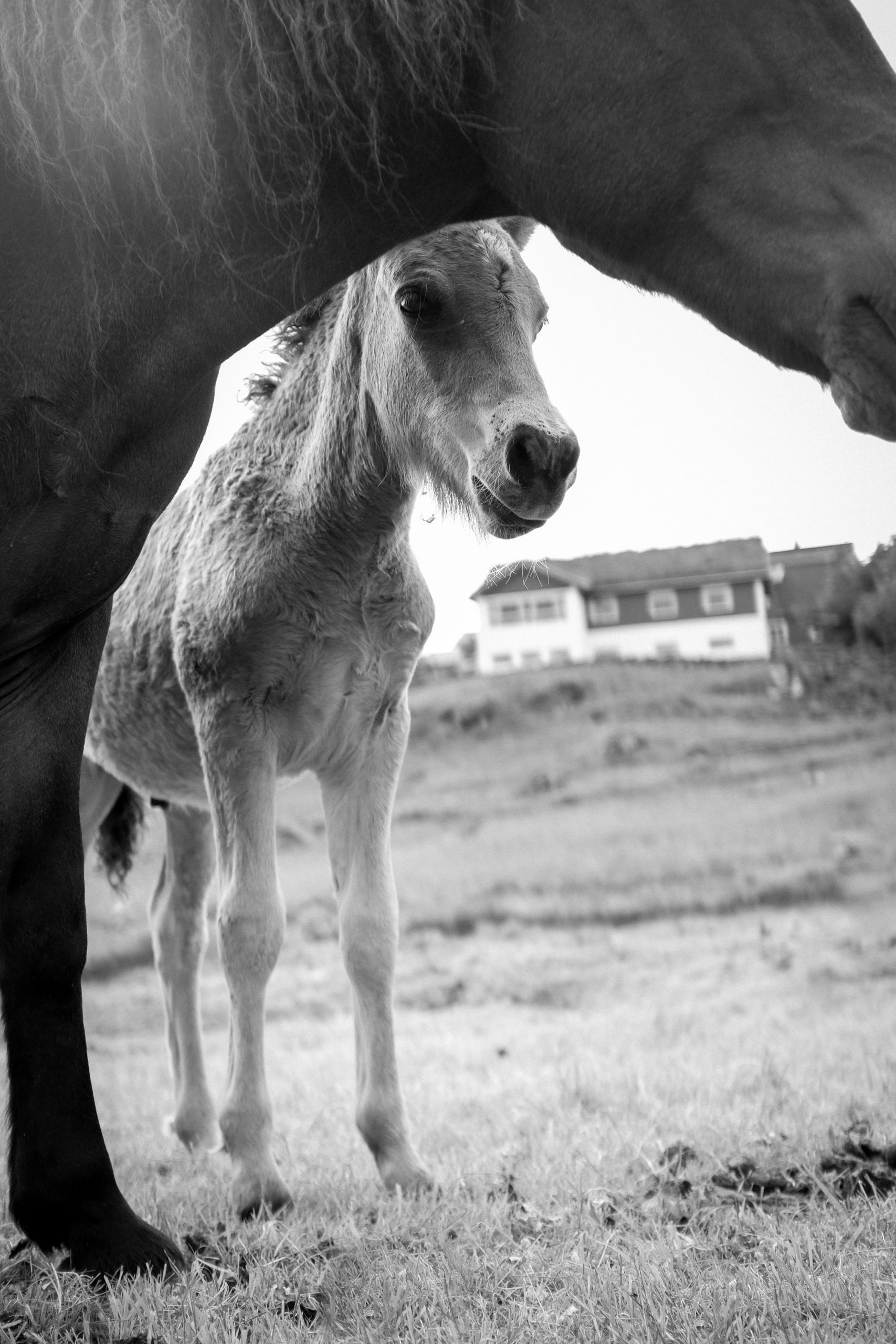
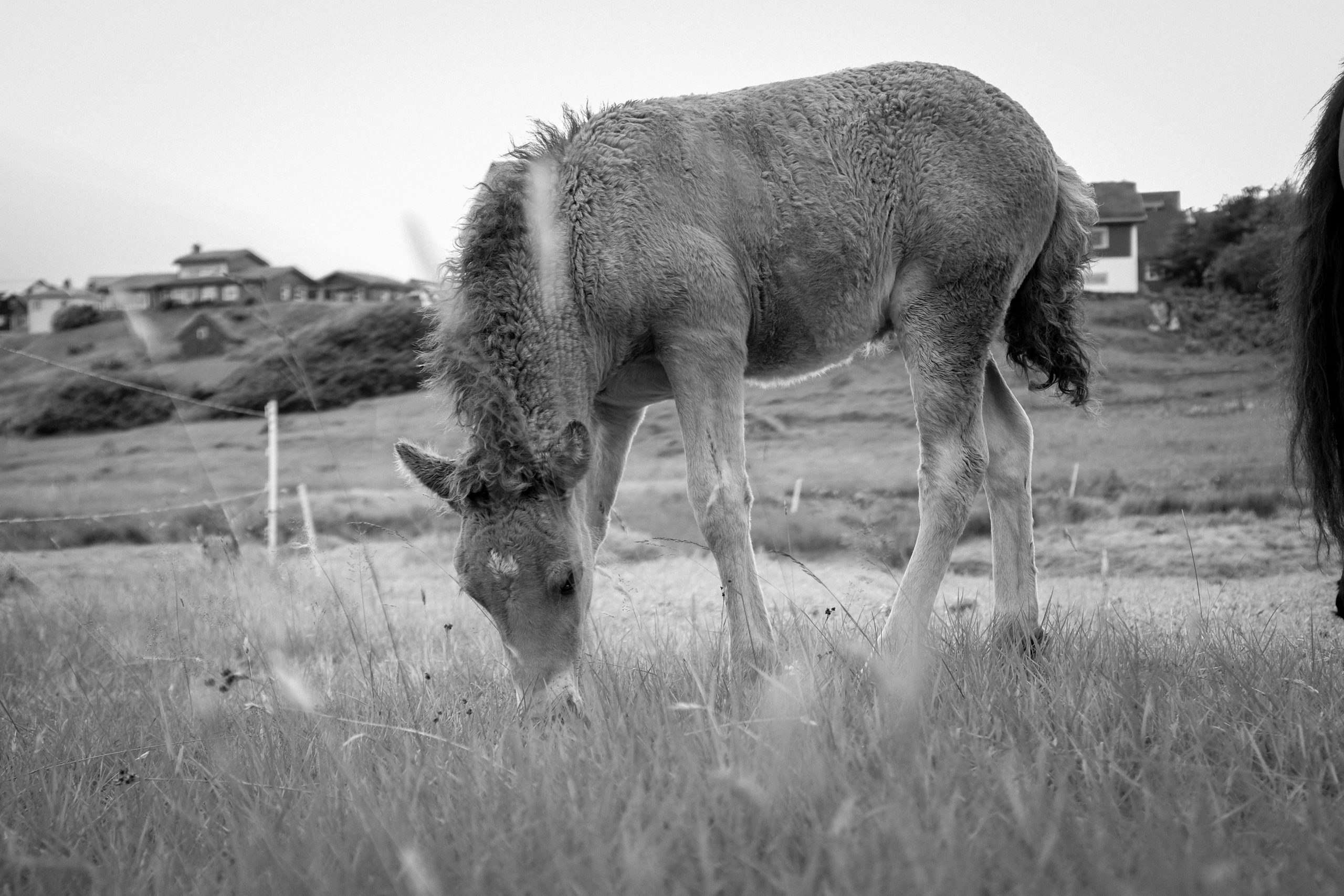
SURVIVAL THROUGH EXPORT
Although the indigenous breed has a long history and can count on the efforts of a few passionate breeders, its survival is not assured. Paradoxically, riding horses is not a habit of the Faroese people,” says Anna Louisa. Moreover, the islands are not large and the pastures are mainly reserved for cattle. Although the number of Faroese ponies has increased in recent years, there are still problems. “Since all ponies are descended from one stallion, inbreeding is inevitable, says Maria Joensen, the daughter of Anna Louisa. So far, we have not seen any signs of degeneration due to inbreeding, except for some mares that don’t get pregnant or lose their foals.“
The only hope to ensure the survival of the breed would be to export ponies abroad, but this is impossible at the moment: “Some Danish breeders would be willing to buy them, but the Faroese government does not issue passports for the horses to travel. We are trying to put pressure on our politicians. In the meantime, the only solution would be to take a fertilised egg and fly it to be implanted in a mare of similar size. This is far beyond our resources.“
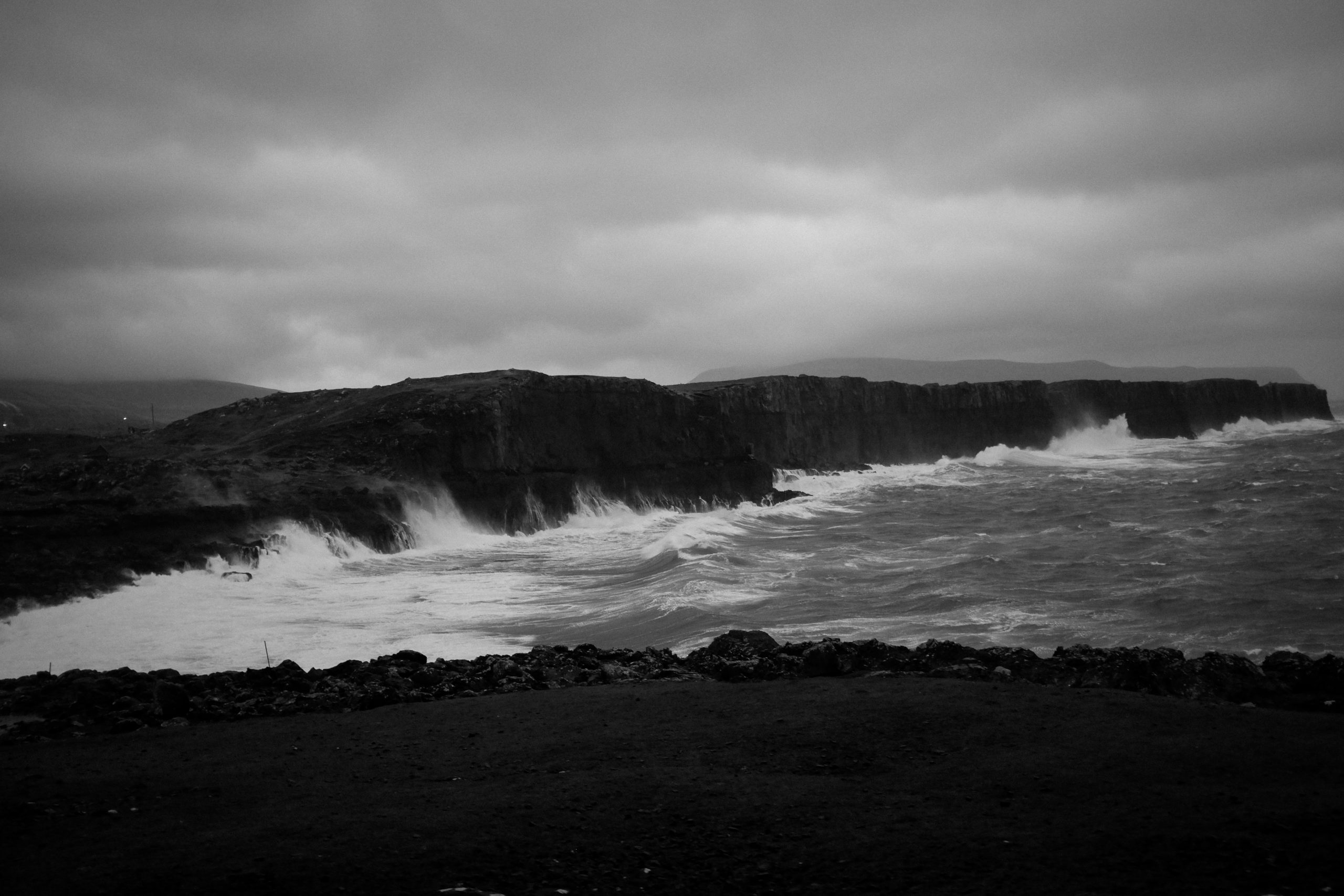
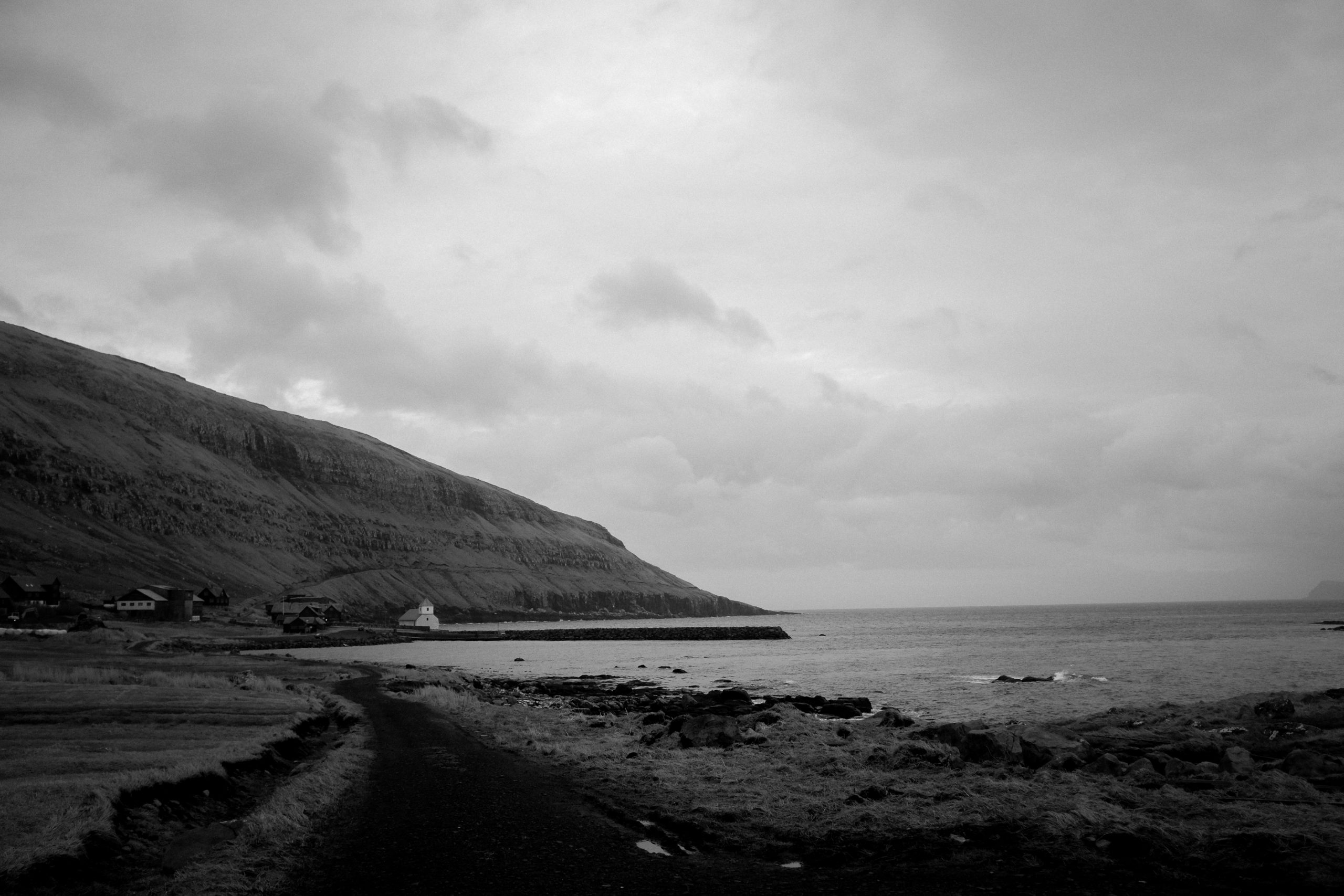
FLYING PONIES
In an attempt to ensure the survival of the breed, Anna Louisa Joensen and other breeders have worked to establish a breeding plan. In order to optimise the genetic mix, it is sometimes necessary to bring a mare to a stallion living on another island. Last week, one of the ponies left for the island of Mykines, at the western tip of the archipelago, hanging from a helicopter. “She didn’t seem impressed by the flight”, smiles Anna Louisa. It’s maybe because these ponies are familiar with heights, as they sometimes graze just a few centimetres from cliffs plunging into the ocean. The ponies gallop off to enjoy the vast expanse of grass that undulates in the wind. Rustic and fierce, they are just like these islands. As if they were part of the landscape. No one knows for how long.

This article appeared in Equi Book no 26, at Knokke Hippique 2022